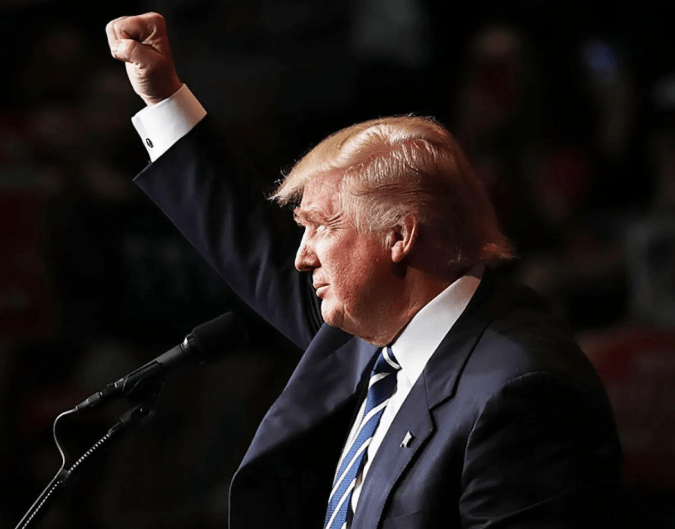The IMF UK economic growth warning has sent a ripple across economic circles as global trade tensions threaten to dent Britain’s recovery momentum heading into 2025.
While the International Monetary Fund acknowledged that the UK economy is on the mend this year, it has sounded a note of caution about what lies ahead.
In its latest report, the IMF upgraded its growth forecast for the UK to 1.2% in 2024, a notch above its previous 1.1% estimate. However, it warned that escalating trade friction, particularly from potential US tariffs under a Donald Trump comeback, could stall future gains.
The IMF UK economic growth warning is centred around what it sees as emerging global headwinds. Economists at the Fund believe the combination of persistent trade uncertainty, weaker demand from the UK’s trading partners, and the direct effect of US tariffs could reduce GDP growth by 0.3 percentage points next year.

These barriers, the IMF argues, risk slowing down trade flows and further complicating cross-border supply chains.
“Persistent uncertainty, slower activity in UK trading partners, and the direct impact of remaining US tariffs on the UK,” were identified as key culprits.
The broader concern? A knock-on effect that could weaken private investment and dampen business sentiment, potentially dragging the economy into slower territory.
UK Economy in Recovery, But for How Long?
Despite the IMF UK economic growth warning, the UK is currently in what the IMF calls a phase of “economic recovery.” For now, things look brighter. But the organisation’s projection for 2025 remains guarded, even as it maintains a longer-term outlook of 1.4% growth by 2026.
Bank of England estimates align with this cautious optimism. It forecasts 1% growth in 2025 and 1.25% in 2026, having recently cut interest rates to 4.25%, the lowest since May 2023.
Amid the warning, there’s a glimmer of potential. The IMF gave a nod to recent Government reforms aimed at lifting long-term growth.
“The authorities’ structural reforms, including to planning, and the increase in infrastructure investment could increase potential growth if properly implemented,” the Fund said.
The UK Government’s initiatives—especially around planning laws and reducing red tape—could help counterbalance the impact of external shocks, such as the looming US tariff policy.
Chancellor Rachel Reeves responded confidently to the IMF’s remarks, pointing to early signs of economic progress under the current Government’s strategy.
“The UK was the fastest growing economy in the G7 for the first three months of this year and today the IMF has upgraded our growth forecast,” she said.

She listed some of the key drivers behind this turnaround:
- Three new trade deals that aim to protect jobs and cut prices.
- A national living wage boost helping over three million workers.
- Real wages outpacing inflation by £1,000 over the past year.
The IMF UK economic growth warning comes even as these domestic indicators suggest momentum is returning.
What’s Next for the UK Economy?
The IMF advised the Bank of England to continue its gradual monetary easing, hinting that further rate cuts may be on the horizon. This could provide a cushion against some of the downside risks identified in the report.
Still, with the shadow of potential US tariffs looming large, the path forward remains precarious. Trade tensions are hard to predict and even harder to navigate, especially when political changes in key economies are on the horizon.
The IMF UK economic growth warning underscores the fragility of the UK’s economic outlook in an increasingly unstable global trade environment. While 2024 appears brighter than expected, 2025 could prove testing.
Structural reforms, wage growth, and smart trade deals may provide resilience. But if Trump-era tariffs return, Britain must be ready to absorb the shock. The message from the IMF is clear: stay the course on reform, but brace for turbulence.






